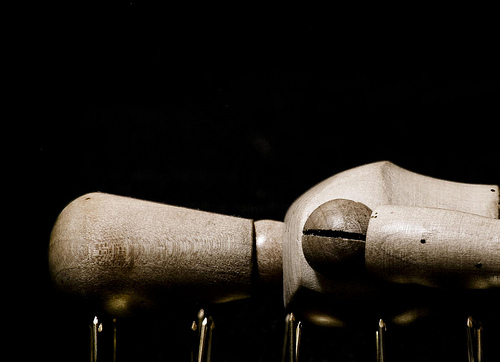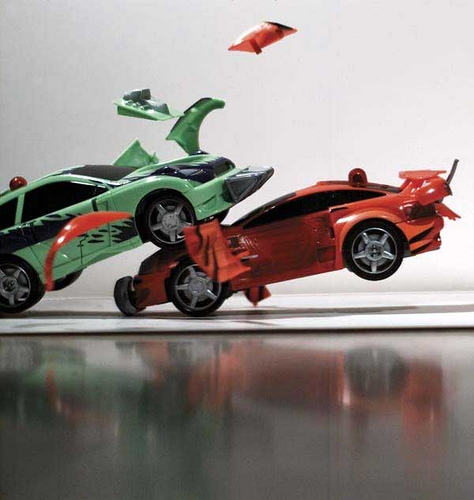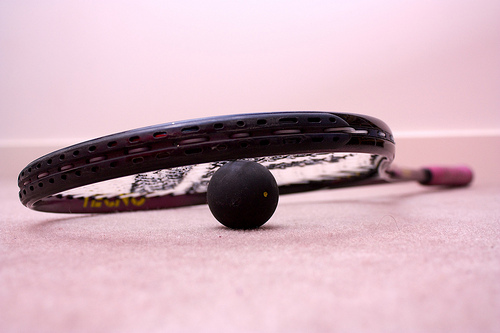
A black-shouldered kite just after a meal, a beautiful picture that is CC and made by David Jenkins.
Although I’m not a shoulder surgeon, I find the rotator cuff injuries fascinating. The rotator cuff is a group of muscles that surround the shoulder, providing motion and stability. Out of the four muscles, the top one is usually the most troublesome, the supraspinatus. It has a sensitive tendon that can both become irritated and cause pain and be a vital part of a rotator cuff rupture. In this post I’m going to focus on the rupture part, also commonly known as a rotator cuff tear. Note, this is not a complete review of this vast subject, more my personal reflections.
Continue reading









